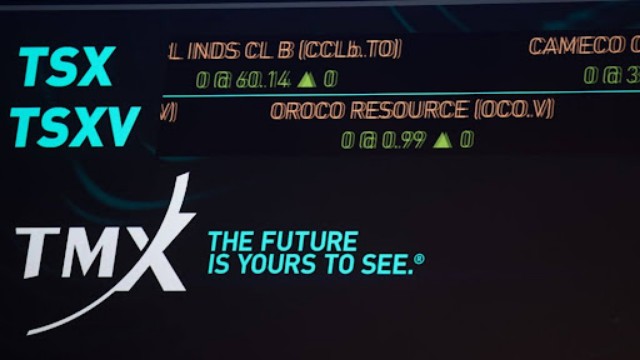
Beata Caranci, TD's Chief Economist, and Kevin Hebner, a Global Investment Strategist at TD Epoch, join MoneyTalk's Kim Parlee to discuss Donald Trump's election and its potential impact.
Donald Trump's election as U.S. president has raised concerns about potential shifts in interest rate policies, both in the U.S. and Canada. Economists warn that Trump’s proposed policies, like imposing tariffs on imported goods and easing regulations, might drive up inflation. This could change how aggressively the U.S. Federal Reserve can reduce rates, affecting Canada's economy and interest rates as well.
Trump’s economic stance includes high tariffs, especially targeting China and goods from Mexico, alongside tax reductions. While Trump claims that his presidency would eliminate inflation, experts are sceptical. Economist Sheila Block from the Canadian Centre for Policy Alternatives points out that historically, higher tariffs have driven inflation up. This could make the U.S. central bank more cautious about cutting interest rates too deeply or too soon.
Brian Madden, chief investment officer at First Avenue Investment Counsel, explains that if Trump's policies result in job shortages and wage inflation, the Federal Reserve may hold back on rate cuts. This hesitation was already reflected when the Fed recently trimmed its key rate by 0.25%, bringing it to a range of 4.5% to 4.75%.
According to Goldman Sachs, Trump’s suggested 10% tariff and taxes on imports could push inflation near 3% by mid-2026. This projection prompted financial markets to expect a higher “neutral rate” for the Federal Reserve, signalling that rate cuts might end at a higher level than previously planned.
A recent TD Economics report indicates that rate cuts in the U.S. could slow, with predictions for 2025 placing the Fed’s key rate at 3.5%, tapering to 3% in 2026. While this slower pace impacts the U.S., Canada must stay alert. A weaker Canadian dollar relative to the U.S. dollar could drive up the price of imports, leading to inflation, which might make the Bank of Canada more cautious about cutting its rates.
The Bank of Canada, which had already started reducing rates before the Fed due to a faltering economy, now faces additional challenges. Madden believes that, regardless of the U.S. election outcome, Canada was on a different path. However, Trump’s pro-growth agenda could exacerbate Canada’s economic weaknesses, further influenced by reduced immigration and fewer temporary foreign workers.
Madden anticipates that Canada’s surplus in supply may encourage faster rate cuts to achieve neutral rates. This could widen the interest rate gap between Canada and the U.S., potentially pushing the Canadian dollar down further. Despite this, Madden thinks the impact on Canadian inflation may not be drastic. While imports could become more expensive, a weaker Canadian dollar might boost the competitiveness of Canadian exports in the U.S., fostering demand.
TD economists caution that if Trump's tariff plan proceeds, Canadian exports to the U.S. could drop by around 5% by 2027. This could force the Bank of Canada to cut rates by up to 0.75% more than anticipated, putting added pressure on the Canadian dollar, possibly dipping it below 70 cents U.S. Although this would trigger a temporary rise in inflation, they expect it to return to the Bank's 2% target by 2026.















